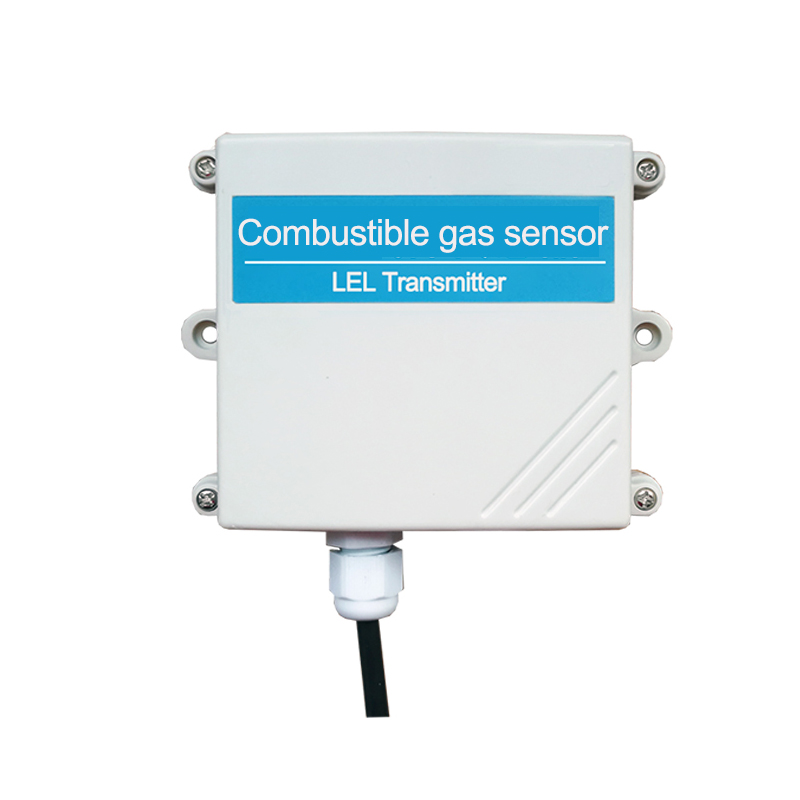In industrial environments where the presence of combustible gases is a common occurrence, ensuring the safety of workers and facilities is paramount. This is where combustible gas detector play a vital role. These devices are specifically designed to detect and monitor the concentration of flammable gases, enabling early warning and preventing potential disasters. In this article, we will explore the importance of combustible gas detectors in industrial safety and their significant contributions to risk reduction.
Understanding Combustible Gas Detectors

A combustible gas detector is a specialized device that utilizes various sensing technologies to detect the presence of flammable gases in an area. These detectors work on the principle of identifying specific gas molecules or their combustion byproducts, such as methane, propane, or hydrogen. When the gas concentration exceeds a pre-set threshold, the detector triggers an alarm, alerting individuals of the potential danger.
Preventing Explosions and Fires

The primary purpose of combustible gas detectors is to prevent explosions and fires in industrial settings. Flammable gases, when present in sufficient quantities, can create a hazardous environment. By continuously monitoring the gas levels, combustible gas detectors provide early warning, allowing personnel to take immediate action, such as evacuating the area or shutting down equipment, before a potential incident occurs.
Protecting Workers’ Safety
The safety of workers is of utmost importance in any industrial facility. Combustible gas detectors play a crucial role in safeguarding the well-being of employees by providing real-time gas concentration data. This information helps workers make informed decisions regarding personal protective equipment (PPE) usage and implementing proper safety protocols to mitigate the risks associated with combustible gases.
Enhancing Process Efficiency
Apart from ensuring safety, combustible gas detectors also contribute to process efficiency within industrial operations. By continuously monitoring gas levels, these detectors help identify areas prone to leaks or system malfunctions. Through regular maintenance and timely repairs, companies can avoid costly downtime, optimize production, and reduce the risk of accidents.
Regulatory Compliance
Industrial facilities are subject to various safety regulations and standards. Combustible gas detectors play a vital role in meeting these requirements. By installing and maintaining these devices, companies demonstrate their commitment to creating a safe work environment. Regular inspections and calibration of combustible gas detectors help ensure compliance with regulatory agencies’ guidelines.
Advancements in Combustible Gas Detection Technology
With advancements in technology, combustible gas detectors have become more sophisticated and reliable. These detectors now offer features such as wireless connectivity, data logging, and integration with central control systems. These enhancements make it easier for facility managers to monitor gas levels, analyze data trends, and proactively address potential risks.
Conclusion:
Combustible gas detectors are indispensable tools in industrial safety, preventing explosions, protecting workers, enhancing process efficiency, and ensuring regulatory compliance. By accurately detecting and monitoring flammable gases, these devices provide early warning and allow for timely intervention before incidents occur. As technology continues to advance, the development of more advanced and efficient combustible gas detectors will further enhance workplace safety and reduce potential risks in industrial environments.